After programming an ATmega microcontroller via ISP (SPI) interface and changing the clock-related fuse bits, I'd like to reprogram it again. Will I have to connect it to an external clock now to do so, or will I always be able to program it by clocking just via SPI's SCLK line, without external clock (like in image below)?
(in the image below, the programmer is a Raspberry Pi)
